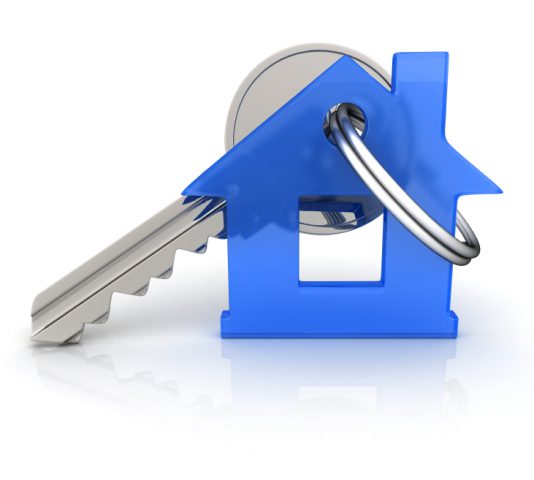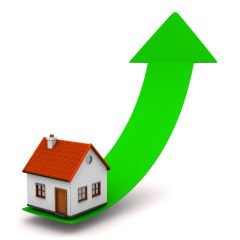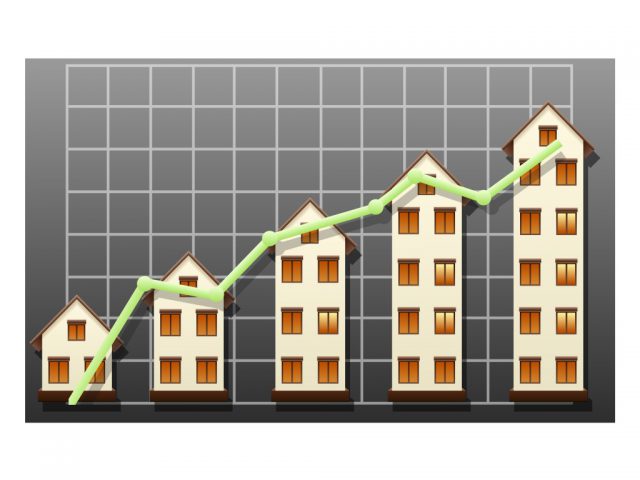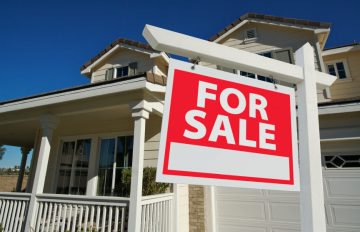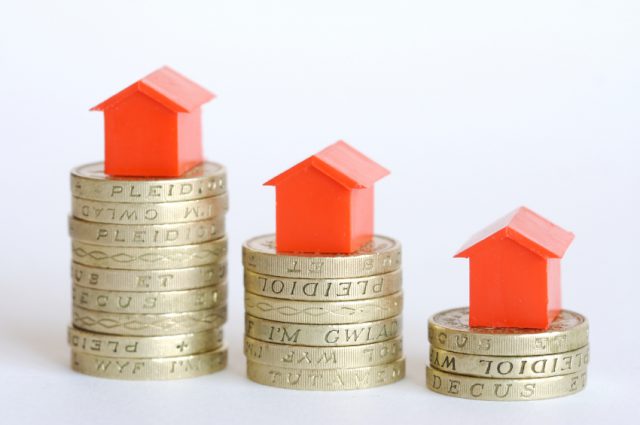Property price inflation at lowest in 4 years
The most recent data and analysis from Your Move has revealed that the housing market paused for breath in July, with a fall of 0.2%. This reduced the annual rate of house price inflation to 2.9% – the lowest since July 2013.
According to the figures, the average house price in England and Wales increased by £8,433. Monthly prices now stand at £298,906. In addition, transactions slowed, falling by an estimated 9% in July month-on-month.
Despite the slowdown in monthly transactions, yearly activity data indicates regions such as London and the East of England are continuing to see strong growth.
Demand
Each region of England and Wales saw annual growth as demand for property continues to increase.
Every UK region is still showing annual growth, however all slowed in July. The largest falls were evident in Wales, dropping by 1.5% to only 0.2% in the year. Other falls were seen in the West Midlands and Yorkshire and the Humber, where annual growth rates fell by 1.3% and 1.2% to hit 3.3% and 1.5% in the year respectively.
On the other hand, South West prices are up by 4.2% annually, while the East Midlands saw a rise of 4.1%. The most prominent rises were seen in the East of England, where annual price inflation increased by 5.1%.
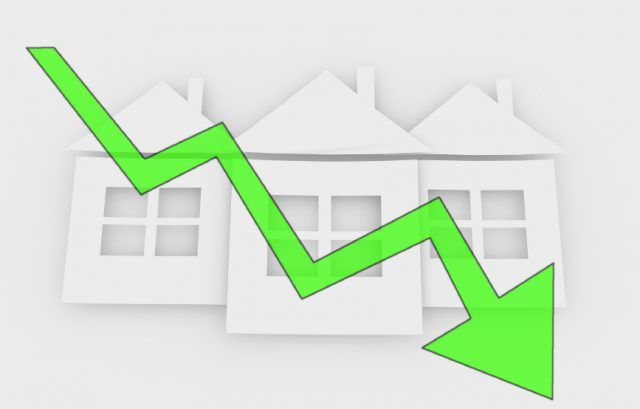
Property price inflation at lowest in 4 years
North-South Divide
The figures suggest that there is a re-emerging North/South divide, with northern regions recording slower growth than southern locations.
Eastern locations of England continue to perform strongly, led by Southend-on-Sea and Luton & Bedfordshire, where annual growth is 10.2% and 8% respectively.
Oliver Blake, Managing Director of Your Move and Reeds Rains, noted: ‘Annual prices are still rising positively and regions continue to perform strongly – despite the slowdown in transaction numbers over the summer months. Whilst, as a business, we often see this at this time of year, the cause of the dip may also be down to the buy-to-let slowdown as a result of tax changes.’[1]
[1] http://www.propertyreporter.co.uk/property/house-price-inflation-at-lowest-level-in-four-years.html


